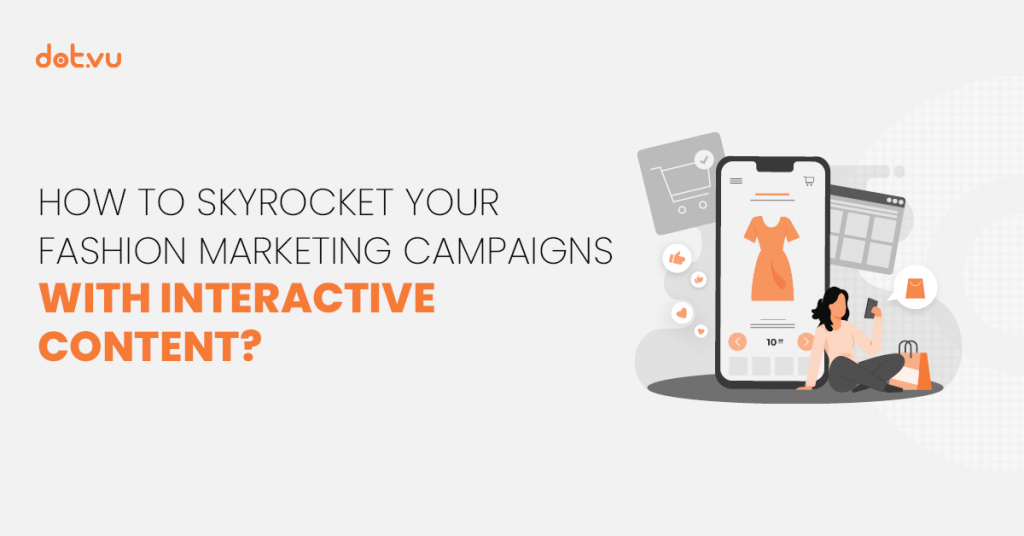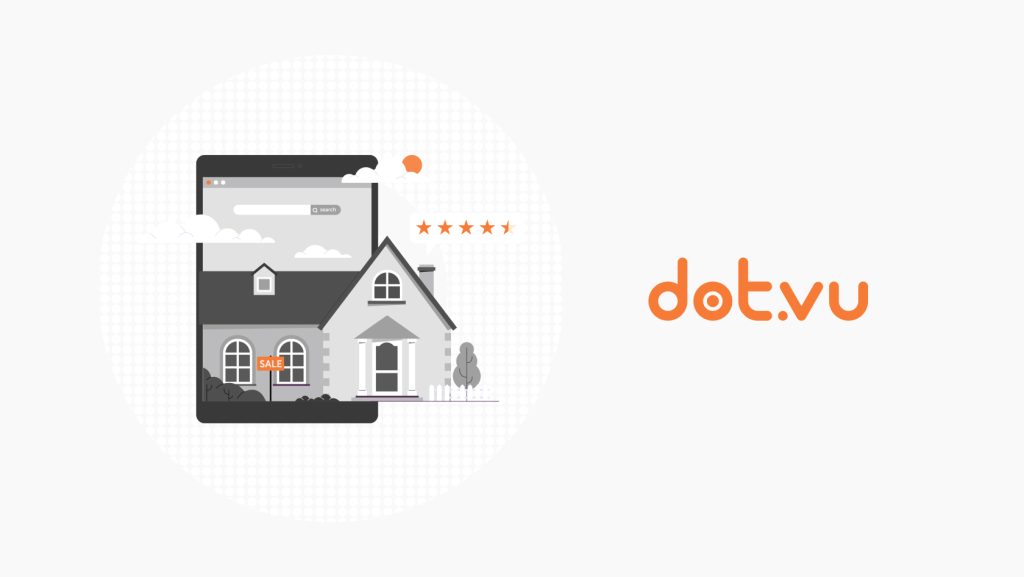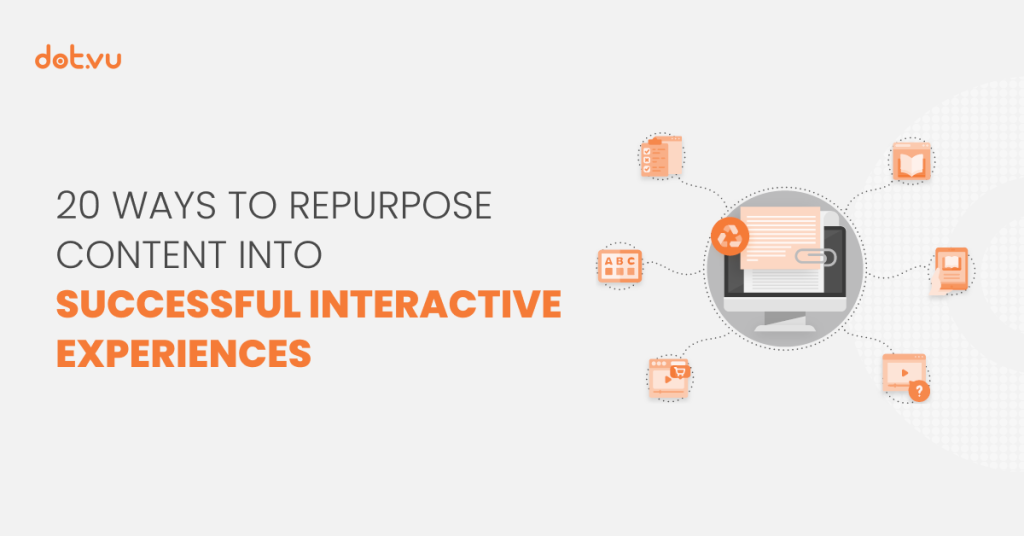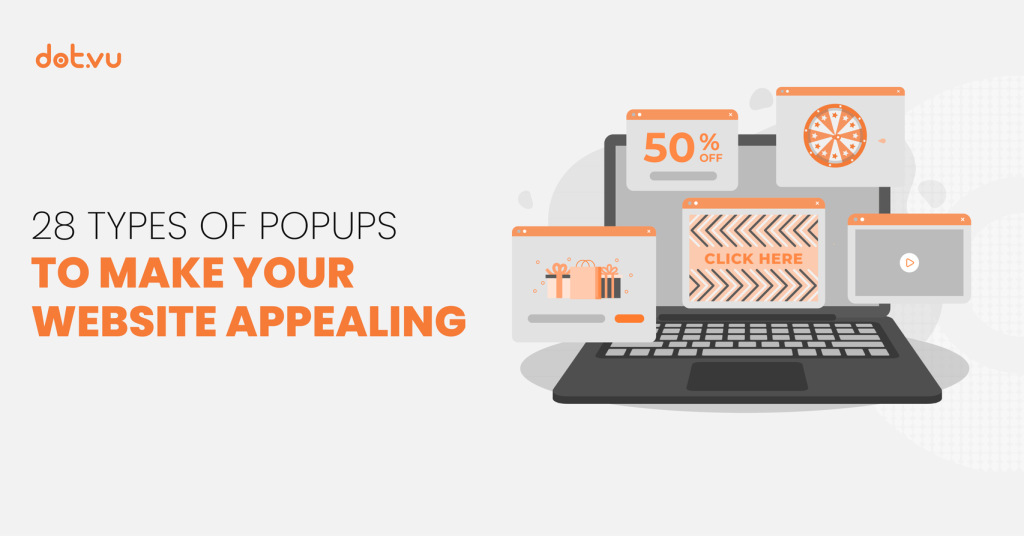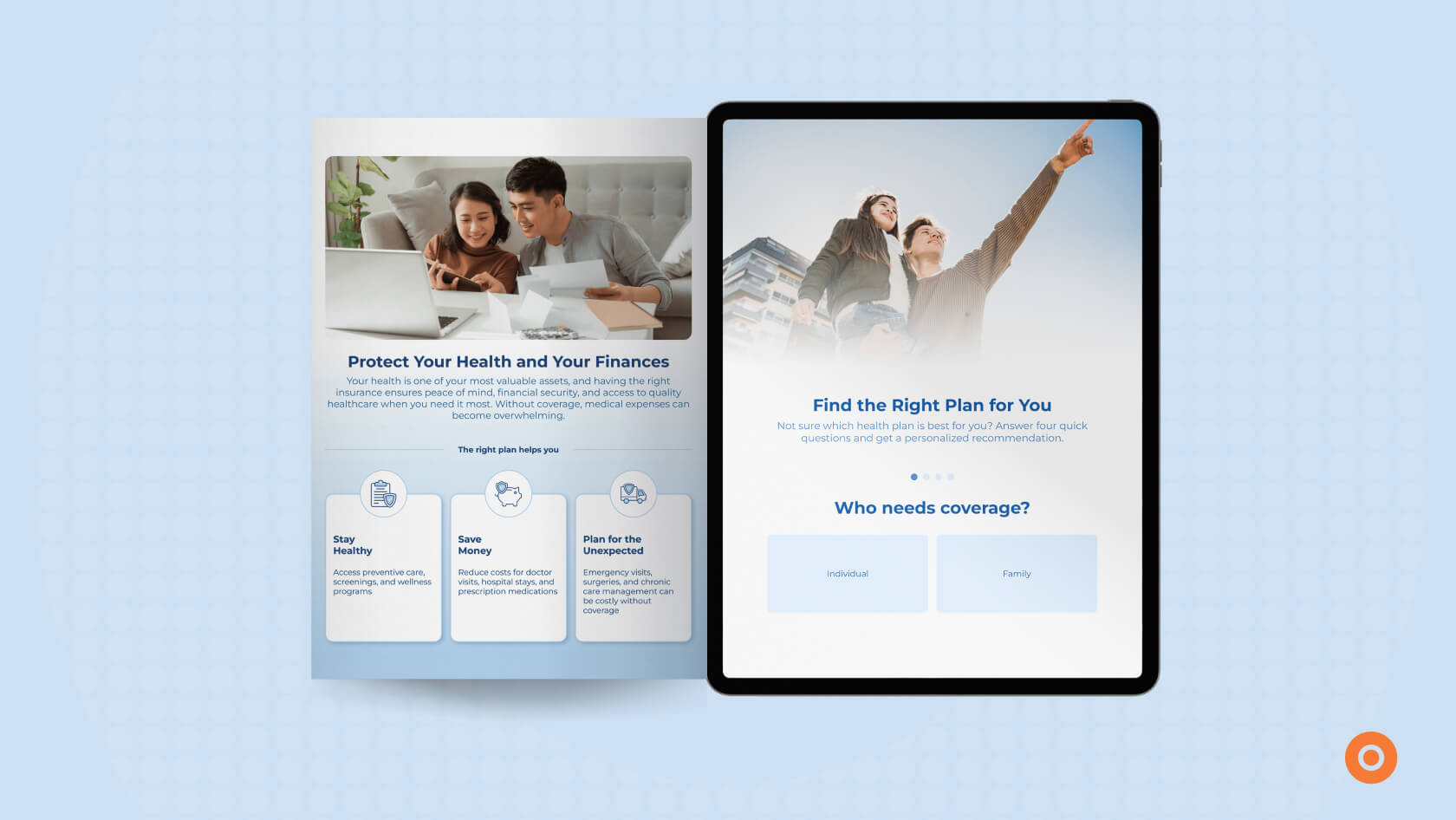
Bounce rates are up. Attention spans are basically nonexistent. And static content? Yeah… it’s kinda just sitting there collecting digital dust. Most marketers know it’s not working anymore — they just haven’t figured out what to do instead.
Brand awareness is the front door to successful marketing. If people don’t know you exist, your brilliant product might as well be hiding under a rock. But here’s the plot twist: the way most brands try to get noticed hasn’t really evolved in the past decade. They’re still clinging to PDFs, whitepapers, infographics, and traditional blog posts like it’s their emotional support content even though the static content drawbacks have been painfully obvious for years.
If you’re still figuring out what brand awareness even means (or how to build it in B2B), these two guides are a good place to start:
That used to work. In fact, a gated eBook once felt like buried treasure. Fast-forward to 2025, though, and audiences are drowning in PDFs they’ll never read, infographics that look suspiciously identical, and blogs that could have been written by a copy-paste robot.
This is exactly why static content fails today: it’s passive, predictable, and disconnected from how people actually consume information now. Engagement is tanking. Click-through rates are flatlining. Prospects are tuning out faster than you can say “download our latest whitepaper.” The truth? People want more than digital wallpaper. They want content that entertains, involves, and feels like it was built for them.
And that’s where Interactive Content crashes the party.
Table of content:
Why Static Content Fails in 2025
Let’s call it like it is: static content is the marketing equivalent of handing out a brochure in public. Sure, you might get a glance, but odds are it’s headed straight for the recycling bin.
The decline of static content is no longer speculation—it’s backed by data. According to industry reports:
- Average session duration across websites dropped by 7.5% as content consumption declined.
- 63% of marketers say driving traffic and generating leads is the biggest struggle for content writers.
- The average blog post gets up to 96 seconds of attention. That’s barely enough time to read the intro, let alone your CTA.
These numbers tell a clear story: static formats are losing their power.
The reason isn’t that these formats are inherently bad. A well-written blog or a visually strong infographic can still provide value. The real problem is overcrowding. Every brand is publishing similar assets, and audiences are exhausted by the repetition. The internet has become a wall of sameness, where whitepapers blur together and blog posts recycle the same points.
The bigger issue: static formats don’t allow for personalization or participation. A PDF doesn’t care who you are. A blog won’t adjust based on your preferences. These are one-way conversations when audiences expect dialogue.
Cue content fatigue: the glazed-over feeling readers get when they’re served yet another downloadable they’ll never open. In 2025, content fatigue is the silent killer of marketing campaigns.
The Rise of Interactive Content
If static content is the old playbook, Interactive Content is the new game plan.
Interactive Content refers to any digital experience that requires active participation from the audience. It takes the same information you’d normally shove into a blog or PDF and flips it into an experience. Audiences don’t just consume it—they play with it.
Static Content vs Interactive Content
So, what’s the real difference between static and Interactive Content? Here’s the tea. One talks at your audience, the other starts a conversation.
Key Benefits of Interactive Content
There are a lot of reasons why marketers are finally breaking up with static content. These perks speak for themselves:
Increased Engagement
Static content is easy to ignore. Interactive Content? Not so much. Interactive campaigns captures attention because it requires action. Little actions like clicking, swiping, or answering keep people tuned in instead of drifting off.
Extended Time on Assets
A PDF gets skimmed faster than the terms and conditions no one ever reads. But give people a quiz, a calculator, or a clickable infographic, and suddenly they’re hanging out for minutes instead of seconds. That extra time means more chances for your message to land. Interactive formats tend to hold attention much longer which is why 91% of B2B buyers say they prefer Interactive Content over static content.
Better Data Capture
Every click is a clue. Interactive Content friendly neighbourhood spy. You get to see what people care about, where they hesitate, and what they skip. That’s real-time intel you can use to sharpen your strategy (and yes, it’s way more useful than guessing).
Two-Way Communication
Traditional marketing is basically yelling through a megaphone: “Here’s our message!” Interactive Content swaps the megaphone for a conversation. When audiences get to participate, they feel seen, heard, and part of the process—which makes them way more likely to remember you.
Versatile Formats
Interactive Content comes in many shapes and sizes. A few of the most effective include:
Quizzes & Assessments: Help audiences learn about themselves while educating them about your brand.
Calculators: Show potential ROI or cost savings instantly.
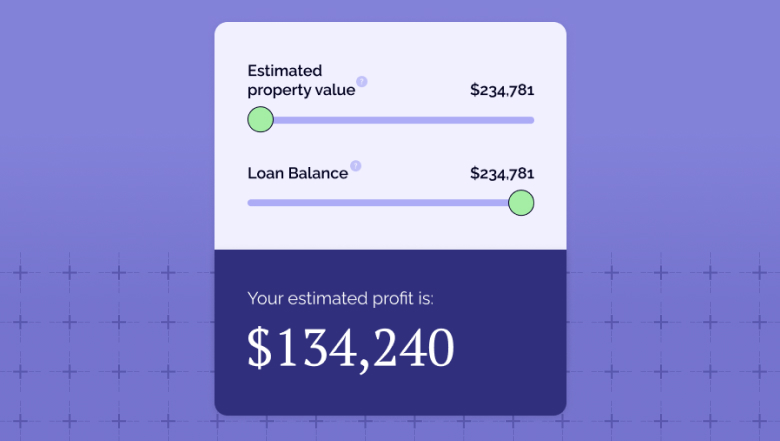
Interactive Videos: Let viewers choose their own journey within the content.
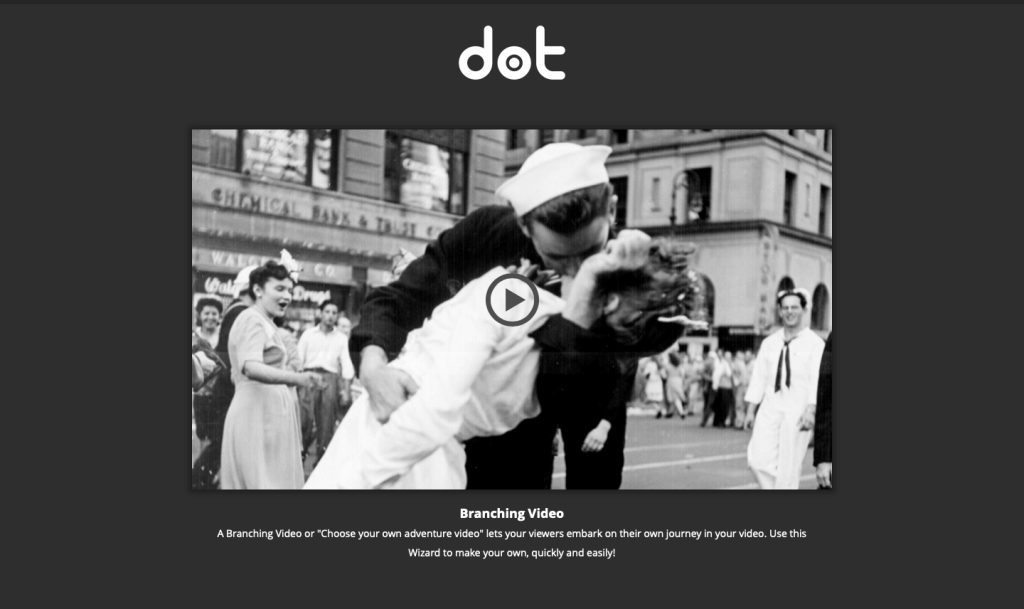
Polls & Surveys: Engage while gathering insights.

Gamified Content: Engage and excite by rewarding your audience when they play.
Interactive Infographics: Allow users to explore data in a dynamic way.
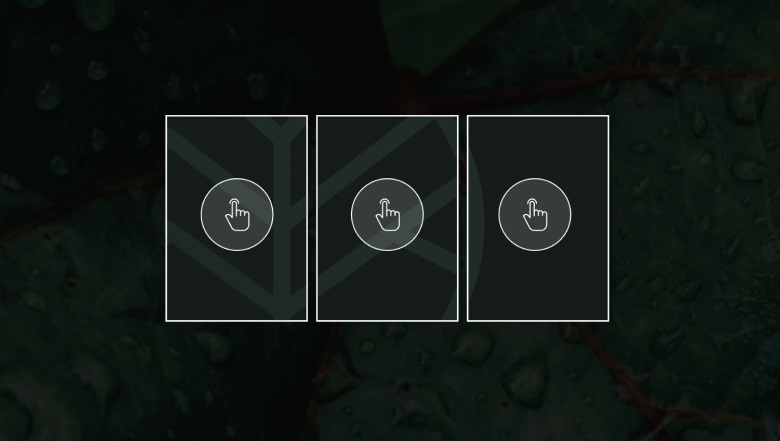
This variety ensures marketers can align Interactive Content with different goals, from lead generation to brand storytelling.
Real Impact: Engagement and ROI
It’s one thing to say Interactive Content feels more engaging. It’s another to show the numbers.
- Engagement Rates: Interactive assets have been shown to double engagement compared to static ones.
- Lead Quality: Because audiences willingly share preferences during Interactive Experiences, marketers collect richer data that leads to better targeting.
- Conversion Rates: Interactive formats often outperform static by significant margins, especially when used in mid-funnel campaigns.
- ROI: Brands adopting interactive formats report stronger returns thanks to both higher engagement and better lead nurturing.
In fact, brands using Interactive Content report 30% better lead quality and higher conversion rates.
A better lead magnet = better leads. Check out these smart lead magnet hacks that turn clicks into customers.
Proven Examples of Interactive Content
Interactive Content brings more to the table than visual flair. Behind the playful experiences are real-world numbers like higher conversion rates, deeper engagement, and stronger ROI.
Let’s look at how three brands from different industries went beyond static content and turned clicks into conversations, and conversations into results.
Dechra Canada: Ditching Boring Booths with a Quiz
At veterinary conferences, Dechra was tired of the usual “drop your biz card in a bowl” approach. So, they built a playful “What Dog Breed Are You?” quiz using Dot.vu—and let’s just say, booth traffic went from crickets to chaos (in the best way).
- +800 views and a 90% completion rate
- Entries skyrocketed from 25 to 125+ even at quieter events
- Custom stickers turned attendees into walking brand ambassadors
- Newsletter sign-ups surged, and booth convos? Natural, fun, and actually human
“It increased engagement at our conferences and was a really fun, interactive, well-received way to bring people to our booth.”
— Christine Theoret, Marketing Manager @ Dechra
Sometimes the smartest move is making people laugh before you ask for their email.
Motorola Mobility: Leveling Up with Gamification
Motorola needed more clicks, more loyalty, and way less yawning. So, they tried something new: a Spin-and-Win game. First launched in the UK, it worked so well they took it global—rolling out to 15+ countries including Brazil and Mexico.
- 2x conversion rate (CVR) compared to previous campaigns
- Engagement metrics? Off the charts
- Games like Pick-a-Box and Scratch Cards followed, keeping the hype alive
“The Dot.vu team is incredibly helpful; they break things down in a way that’s easy to understand. Plus, whenever we needed assistance, they consistently asked the right questions to suggest the best concept for our needs.”
— Priyanka Goudra, CRM Lead @ Motorola Mobility
It was fun and it was effective. Because when marketing feels like a game, people play (and convert).
Superdrug: Smarter Shopping with Product Finders
Superdrug saw the writing on the wall. Shoppers wanted help finding the right products without the endless scrolling or guesswork. So, they built a suite of Product Finders to level up the experience.
- Skincare Finder, Cerave Finder, Prescription Med Finder—built to guide, not confuse
- Conversion rates jumped from ~3–4% to 12–13%
- Average weekly visits of 1.5 million+
- Lower bounce rate, more product views, and fewer abandoned carts
These quizzes were mini-experiences packed with expert tips, educational content, and relevant product links. Like Netflix recommendations… but for skincare.
“I have been using Dot.vu for over 5 years and still love using it – the tool is so easy to understand and very addictive, you can end up developing a tool all day and it felt like 10 minutes.”
— Darren Baker, Ecommerce Design Manager @ Superdrug
Busting Myths About Interactive Content
Some marketers hesitate to adopt interactive formats because of misconceptions. Let’s knock down a few common excuses:
1. “It’s too expensive.”
Wrong. Modern platforms offer cost-effective templates that don’t require custom coding. You can start small without breaking the budget.
2. “It’s too technical.”
Tools like Dot.vu are designed for marketers, not developers. If you can build a presentation, you can build an interactive quiz or calculator.
3. “It won’t work for my industry.”
Interactive Content adapts to nearly every sector—from healthcare to finance to retail. If your audience has questions, you can build an experience to answer them.
By addressing these myths, it’s clear that barriers to entry are lower than many marketers assume.
How to Get Started with Interactive Content
Shifting from static to Interactive Content doesn’t require a full overhaul. A phased approach works best:
Audit Existing Assets
Identify which static pieces (PDFs, blogs, presentations) are underperforming. These are prime candidates for interactive upgrades.
Choose a Format
Match the asset to a format that makes sense. For example, an underwhelming PDF could become an Interactive Flipbook with embedded quizzes.
Leverage Templates
Platforms like Dot.vu provide ready-to-use templates for calculators, assessments, and gamified content. No coding required.
Test and Measure
Start small, launch quickly, and monitor engagement. Use the analytics from Interactive Content to refine and improve.
Scale
Once you see results, expand to more formats and campaigns. Over time, Interactive Content can become the centerpiece of your marketing strategy.
Think of it as going from black-and-white TV to streaming in 4K. The story might be the same, but the experience? Night and day.
See how you can skyrocket your ROI with Interactive Content!
Make Content That Actually Clicks
Static content had a good run but time’s up for it in 2025. Engagement is dropping and people are scrolling past without a second thought (attention spans has clearly declined).
That’s where interactive content steps up. It turns passive readers into active participants, makes your message stick, and gives you way better insight into what your audience cares about. Attention goes up, engagement lasts longer, and the return on investment follows.
And no—it doesn’t take a massive budget or a team of developers to pull it off. With tools that are built for marketers (not coders), getting started is easier than ever.
That’s exactly why we created the Anti-Boring Content Challenge. It’s a simple way to test-drive interactive content with no pressure, no commitment—just real results and a whole lot more fun.
If you’re ready to stop blending in and start making content people actually want to click, explore our templates and join the challenge today.
